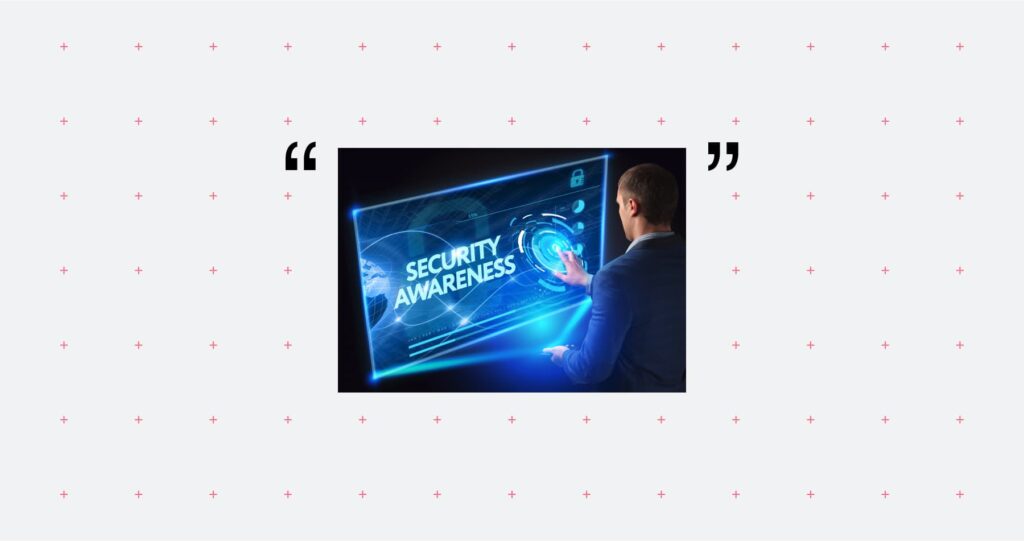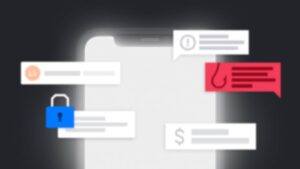Security Awareness Training (SAT) just isn’t working: for companies, for employees, for anybody.
By 2022, 60% of large organizations will have comprehensive SAT programs (source: Gartner Magic Quadrant for SAT 2019), with global spending on security awareness training for employees predicted to reach $10 billion by 2027. While this adoption and market size seems impressive, SAT in its current form is fundamentally broken and needs a rethink. Fast.
There are 7 fundamental problems with SAT today:
1. It’s a tick box
SAT is seen as a “quick win” when it comes to security – a tick box item that companies can do in order to tell their shareholders, regulators and customers that they’re taking security seriously. Often the evidence of these initiatives being conducted is much more important than the effectiveness of them.
2. It’s boring and forgettable
Too many SAT programs are delivered once or twice a year in unmemorable sessions. However we dress it up, SAT just isn’t engaging. The training sessions are too long, videos are cringeworthy, and the experience is delivered through clunky interfaces reminiscent of CD-Rom multimedia from the 90s. What’s more, after just one day people forget more than 70% of what was taught in training, while 1 in 5 employees don’t even show up for SAT sessions.
3. It’s one-size-fits-all
We give the same training content to everyone, regardless of their seniority, tenure, location, department etc. This is a mistake. Every employee has different security characteristics (strengths, weaknesses, access to data and systems) so why do we insist on giving the same material to everybody to focus on?
4. It’s phishing-centric
Phishing is a huge risk when it comes to Human Layer Security, but it’s by no means the only one. So many SAT programs are overly focused on the threat of phishing and completely ignore other risks caused by human error, like sending emails and attachments to the wrong people or sending highly confidential information to personal email accounts.
Learn more about the pros and cons of phishing awareness training.
5. It’s one-off
Too many SAT programs are delivered once or twice a year in lengthy sessions. This makes it really hard for employees to remember the training they were given (when they completed it five months ago), and the sessions themselves have to cram in too much content to be memorable.













